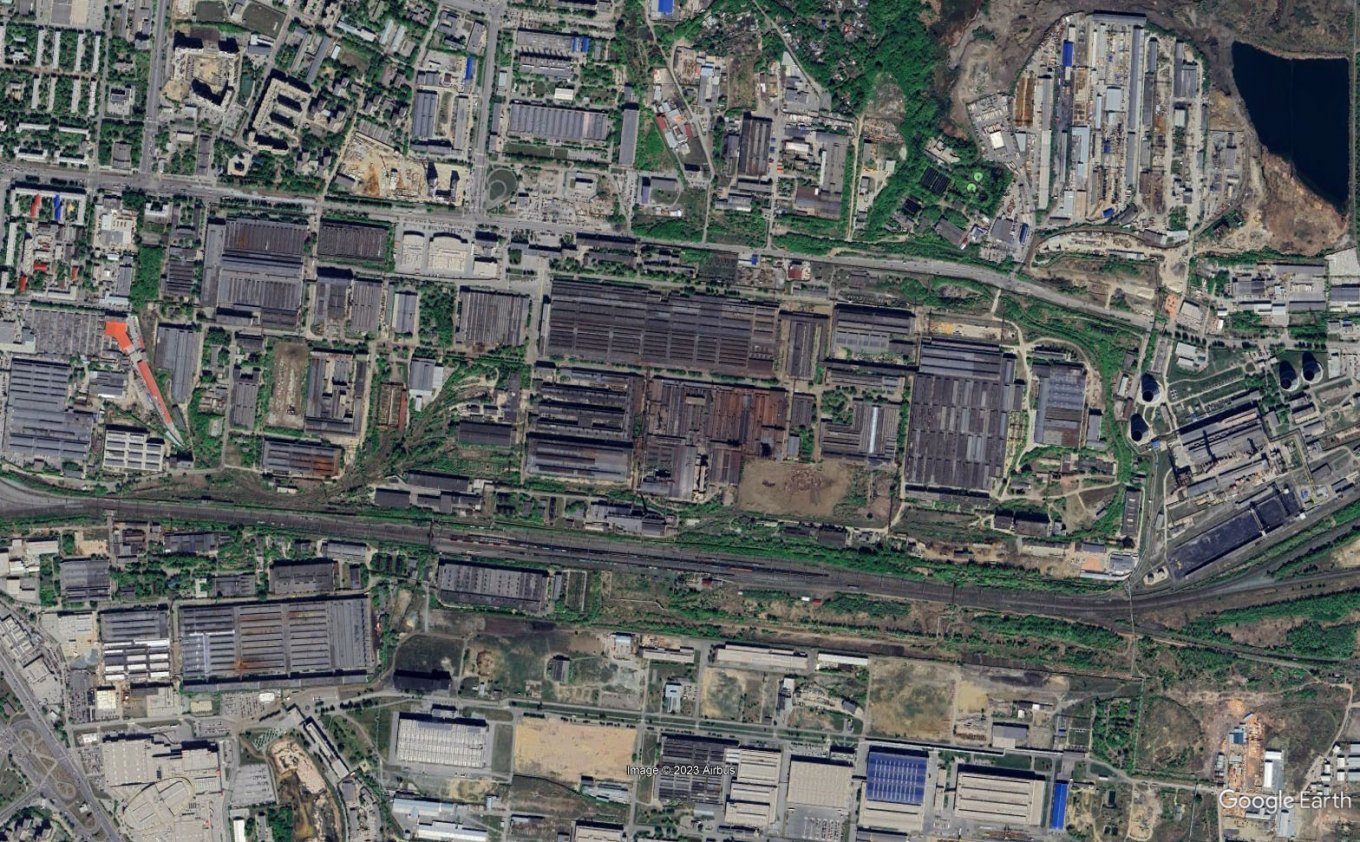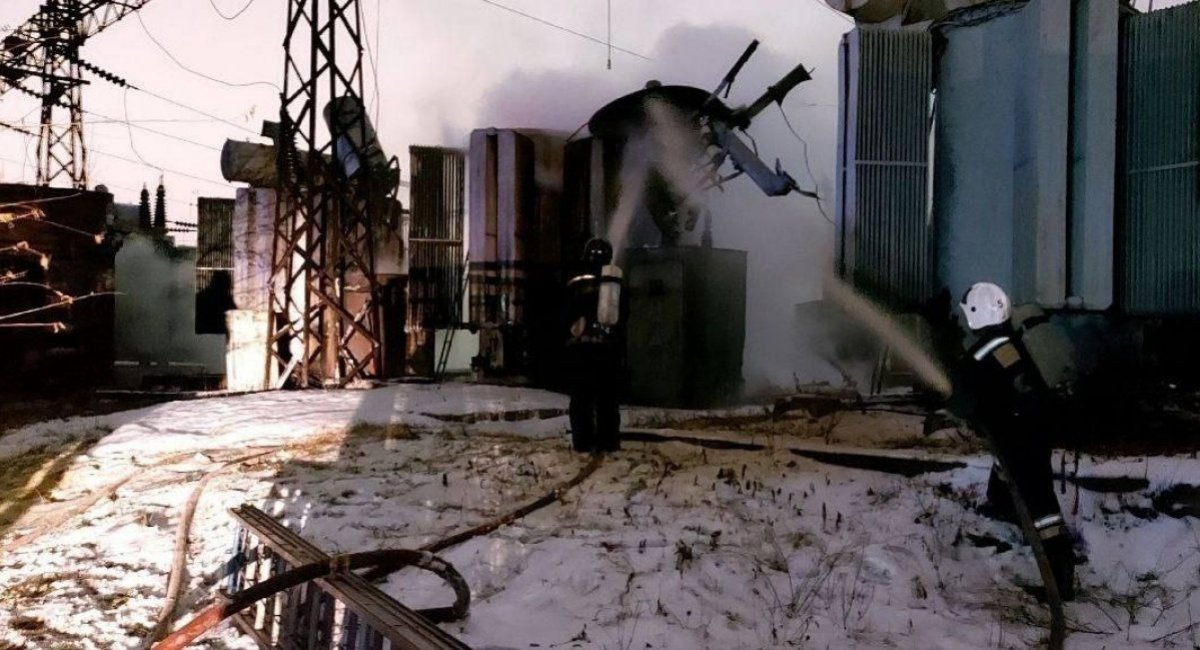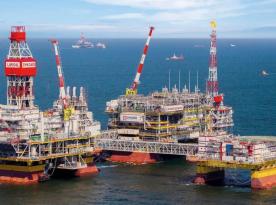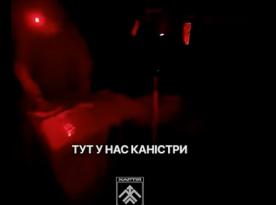November 26 evening, various media reported explosions on the territory of russian industrial enterprises Chelyabinsk Tractor Plant–Uraltrac and Smolensk Aviation Plant. Although they seem to happen synchronically, these events are hardly related.
Specialized in both military and civilian equipment, the Chelyabinsk Tractor Plant–Uraltrac is part of a bigger industrial machine, the Uralvagonzavod, the latter being the only serial producer of new tanks in the russian federation. The ChTZ-Uraltrac particularly provides tank engines.
Read more: Defenders of Ukraine Discovered, Destroyed russian Field Depot with Mines in Southern Direction
This factory makes engines for T-72 and T-90 main battle tanks, including the latest V-92S2 and V-92S2F engines, and spare parts for maintenance of the flagship products and their older versions.

The plant was rocked by a spectacular explosion on a transformer. Still, with backup power lines in place, it is unlikely to cause any major disruptions to the functioning of the massive facility.
To elaborate further, the Chelyabinsk Tractor Plant–Uraltrac, is a huge enterprise with a perimeter of 2.5 by 0.7 km, located 1,700 km from Ukraine. Therefore, many more explosions need to occur to completely disable it, and the key point is that they must be methodical.

On the other hand, we see the method in the Ukrainian attacks on the Smolensk Aviation Plant, which is responsible for the assembly of Kh-59 cruise missiles: the first blow to this enterprise dates back to at least October 1st this year. The Defense Intelligence of Ukraine then reported that four attack drones had been launched, three of them had reached the target. Video from that time:
Another strike came on November 17, russian media were reporting one drone that was allegedly "suppressed by the electronic warfare" systems but still fell onto the factory, broke through the roof of a workshop, and exploded.
The attack on November 26, too, according to russian sources, was repelled: one UAV was shot down, and one more "jammed," yet apparently it managed to hit another workshop. Ukrainian intelligence confirmed to 24tv.ua that the "attack was effective," and brought the desired result.

As we can see, in the case of the Smolensk Aviation Plant, the strikes are systematic. The minimum expected outcome is a hindered production at the factory. Moreover, the facility is much more compact and located much closer to Ukraine, only 300 km away.
With that in mind, even suicide drones with relatively small warheads can significantly slow down the work at this russian enterprise.

Read more: Russian Media: Drones Used in Attack on russia Resemble Iranian Shahed UAVs














